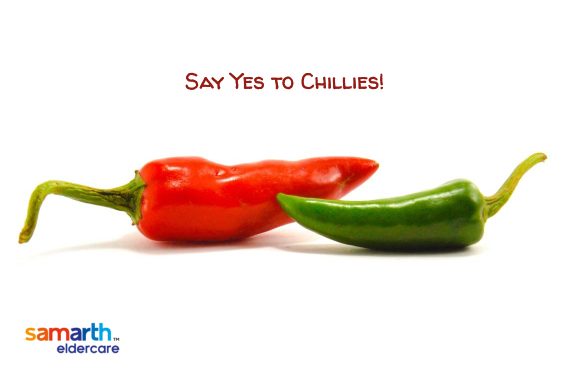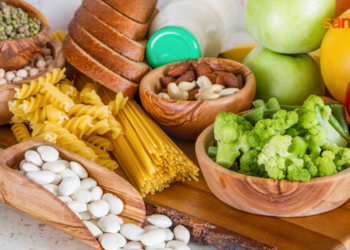- Loaded with antioxidants that help prevent and fight cancer.
- Zero calories
- Reduces risk of atherosclerosis and heart diseases
- Improves metabolism
- Helps in blood sugar management
You might be thinking we are listing the health benefits of some common fruit, vegetable, or spice. But these are just a few of the health benefits of chillies! Studies have proven that people who consumed chillies have lower risks of death from CVD (by 26%), cancer (by 23%), and other causes (by 25%). Simply put eating chillies regularly can help you live longer.
Chillies are hot, they are unhealthy, and we should avoid them. That’s the narrative we are used to, right? So, here is a different chilli tale. It takes you back to 7000 BC when chillies were cultivated in Mexico. It belongs to the capsicum family.
Indian and Chillies

Join Now >
It was said Mexicans used Chillies to spice up their food and even today Mexican Chillies are popular. But you may be surprised to know that it was Christopher Columbus who set out in search of India and pepper who helped globalize chillies! He found America instead of India and thought chillies were pepper and so it is that chillies are even today called chilli peppers in the Americas. He carried it back to Europe and we Indians got introduced to it from our Portuguese invaders.
Chillies come in various sizes and shapes and there are more than 400 varieties of them across the world. But again, the hottest variety is not in Mexico, but our very own Assam! It is called Naga Jolokia, cultivated in Tezpur. Today, India is the world’s largest producer and exporter of chillies. It is a must in almost all our dishes and most non-Indians find our food to be spicy! That is the fascinating turnaround tale of India and chillies. Today we have many varieties cultivated in India across the country from Kashmir to Kerala. Byadagi, Kanthari, Sannam, Dhani, Jwala, Kashmiri, etc., are some common varieties.
Nutritional value
Chillies contain Vitamins A, C, E, K, and also B-Vitamins. They are high in fibre and antioxidants and they help bring down the body temperature! Many facts about chillies are myth-busting ones. They are healthy when eaten in moderation and green chillies are healthier than red ones. Excess consumption can cause ulcers and inflammation. It also contains minerals like Sodium, Potassium, Calcium, Copper, Iron, Magnesium, Manganese, Phosphorous, Selenium, and Zinc. It also contains healthy protein.
It is an alkaloid compound, capsaicin that gives it the pungent taste and smell. However, this is what also gives it the anti-bacterial, anti-carcinogenic, analgesic, and anti-diabetic properties.
Health benefits
One of the most surprising benefits of chillies is that it helps with cardiovascular issues. It protects the heart from attacks and strokes due to high amounts of beta-carotene. It also helps boost immunity and manage blood sugar levels. It helps digestion through improved metabolism and is good for skin health as well.
The capsaicin compound stimulates the hypothalamus in our brain, thus helping to cool down our body. This is the strange explanation why chillies are consumed more in hot places! This compound also stimulates the mucus membranes and helps regulate the blood flow preventing sinus infections. Eating green chillies releases endorphins in the body and that helps improve your mood. It also helps prevent osteoporosis and help in numbing pain like that of arthritis.
How to eat?
The best way to eat chillies is to eat them raw; a bit troublesome no doubt, but that is when you get maximum benefits. Whole red chillies are better than using chilli powders. In any case, we know powders can be adulterated. But eating raw green ones is the best and maybe sprinkling them on salads is the best way to achieve this. You could also add chopped green chilli bits in raita. Typically, we Indians use chillies in stir-fries, gravies, savouries, and more. While the dry chillies are easier to store and the powders easier to use, it may be a good idea to use fresh ones as much as possible. In India, we even make chilli pickles and in some parts of India, rotis are eaten with onions and chillies. However, make sure not to eat too much of it or avoid it if you have been advised so by the doctor.








